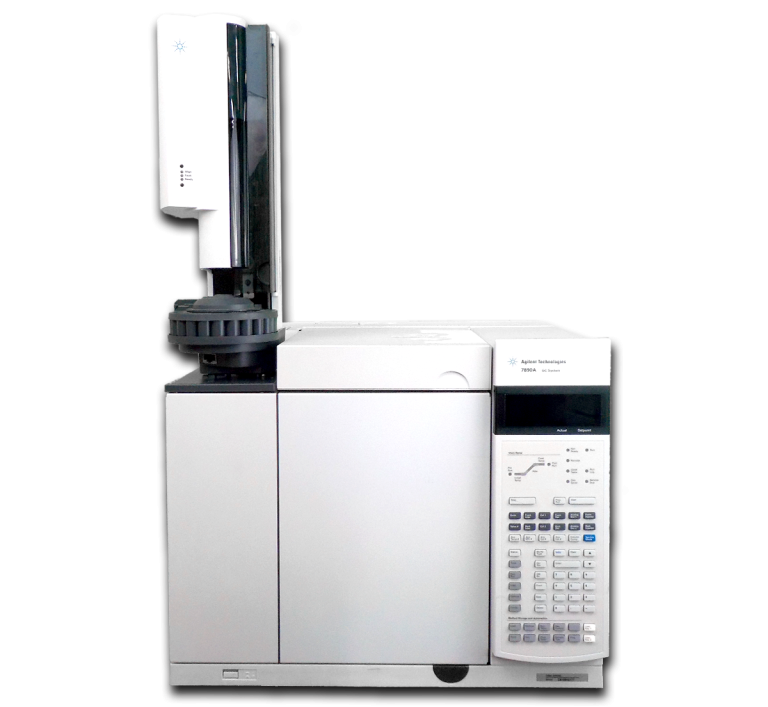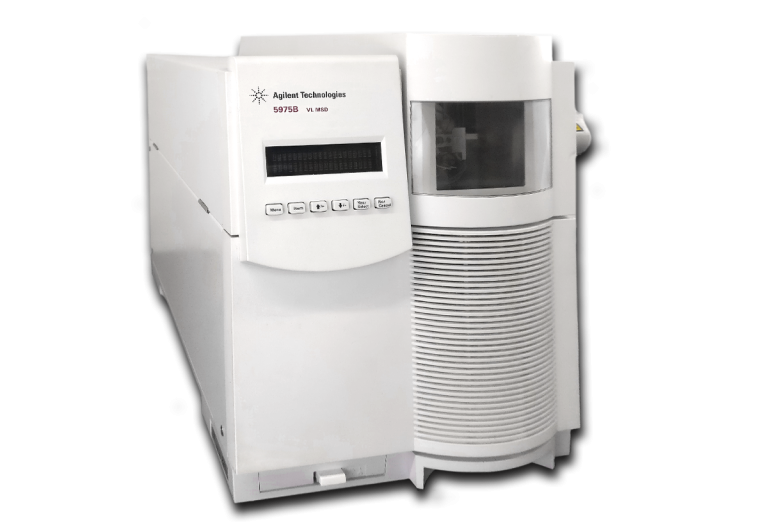RESIDUAL SOLVENTS TESTING
- Class 1: Known and suspected carcinogens and environmental hazards
- Class 2: Disease causative agents and solvents that possess irreversible toxicity
- Class 3: Low toxic potential
A GC-FID with headspace autosampler systems can be used for quantitative analysis of the residual solvents. Solvent molecules will evaporate in the headspace and be injected into the GC for separation followed by detection. For better confirmation and more versatility, GC-MS systems are becoming more popular. GC-MS systems are able to identify the exact compounds eluted at different times by determining the molecular mass of each compound. This provides better confirmation for the known residual solvents, and also allows detection for unknowns.
| Common Residual Solvents |
|---|
| Acetone |
| Butane |
| Carbon Dioxide |
| Dichloromethane |
| Diethyl-ether |
| Ethanol |
| Heptane |
| Hexane |
| Isopropanol |
| Methanol |
| Pextane |
| Propane |
| Toluene |

GC-FID systems can also be used to screen for residual solvents and pesticides. GC systems can also be used to quantify the potency of cannabis samples by measuring cannabinoids, and terpenoids.
- Agilent GC-FID Systems
- ThermoFisher GC-FID Systems
- Perkin Elmer GC-FID Systems
- Shimadzu GC-FID Systems
- Varian GC-FID Systems

GC-MS systems have a wide range of use for cannabis testing. A GC-MS is required for performing terpenoid profiling, and is a popular option for detecting residual solvents. For detecting chlorinated hydrocarbons, organophosphates and pyrethroid type pesticides, a GC-MS system is well suited.
- GC/MSD Systems
- Ion Trap GC-MS Systems
- Quadrupole GC-MS Systems
